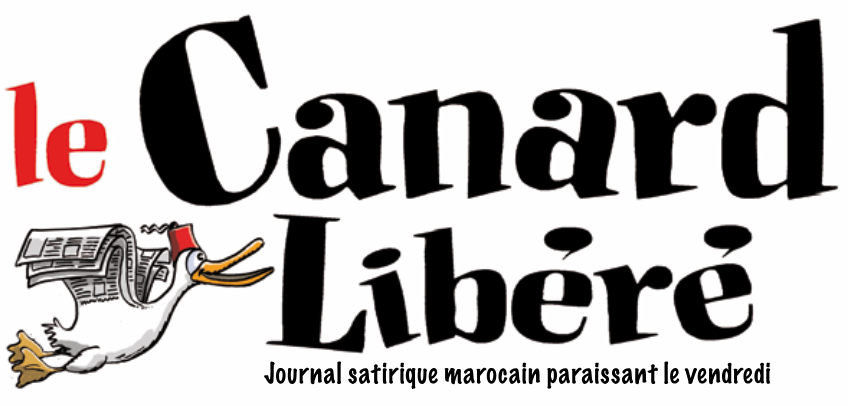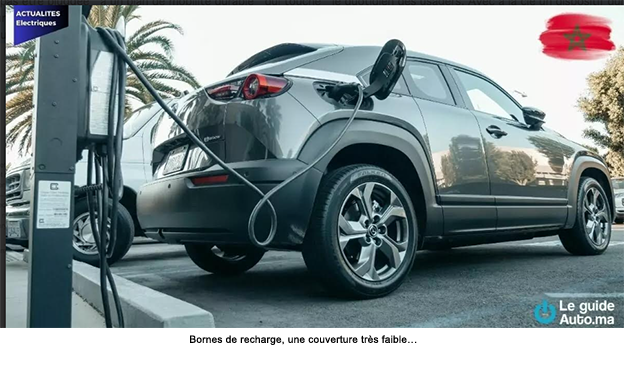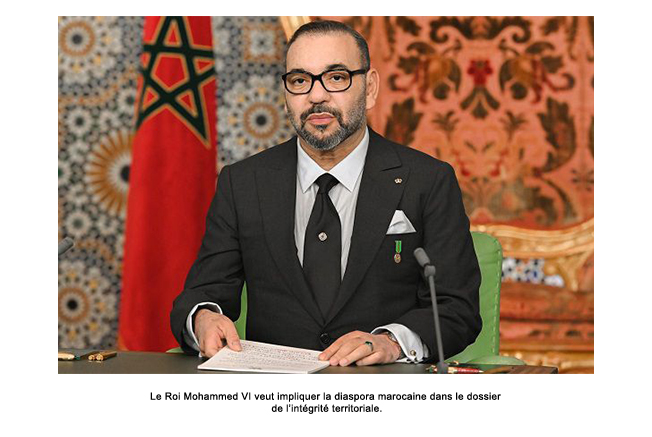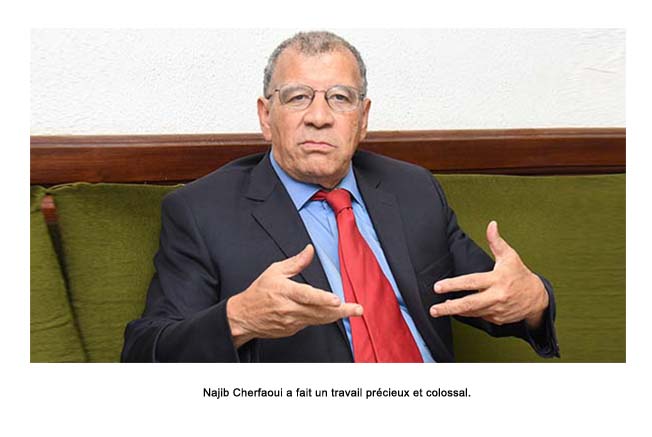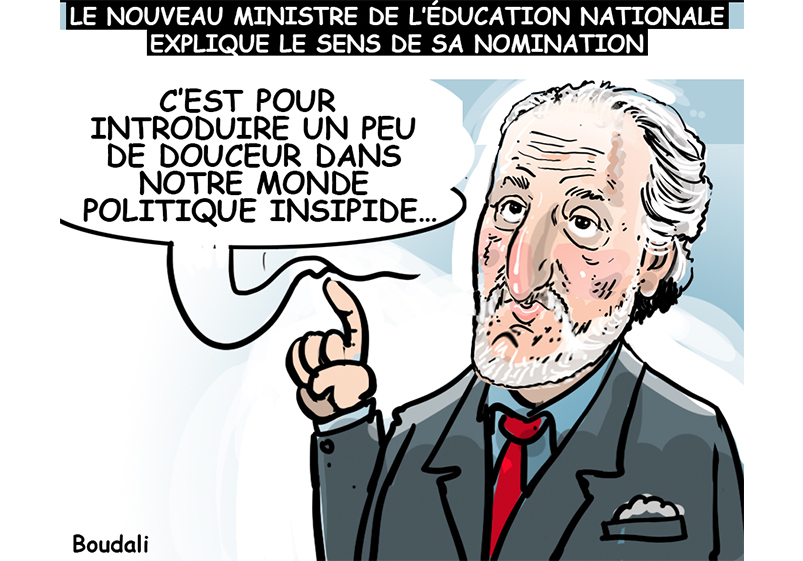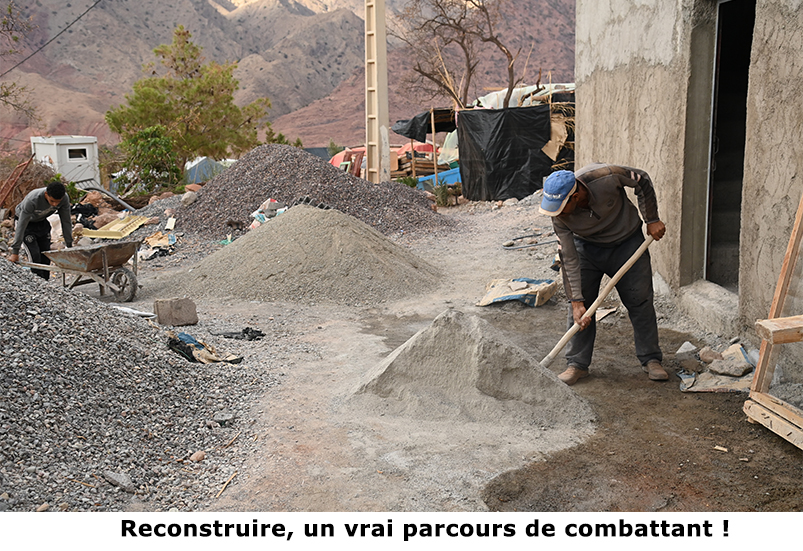What led you into design?
My mom is a fine art teacher and started teaching me about traditional Chinese painting and calligraphy when I was five. I loved the texture of bamboo pen. I loved the smell of the ink. And I loved the feeling when the soft pen nib touches rice paper. Later when I was in secondary school, I fell in love with manga. I had stacks of Japanese manga in my house. I was a big fan of Clamp, a collective of female Japanese artists. I spent hours copying their style of drawing.
Unfortunately, I had to give up practising when I went to high school due to a heavy load of school work, but I always had an interest in art. So when I decided to continue my studies in Melbourne, I picked communication design – something close to my interests but not requiring many hard art skills, as I hadn’t been practising for many years. I was quite lucky as it’s always been easy to sustain a living with design, and slowly I discovered my potential and love for it, and never left designing again.
I spend most of the time working from home. I usually wake up around 9.30, and the first thing I do when I open my eyes is pick up my phone and check emails. As the weather is getting colder and it’s getting harder to get out of bed, I now check Semplice support tickets and try to help our customers from the bed too.
»Learning about things outside of design helps me build my visual reference library. It’s also a good way to get out of my comfort zone and see things from another angle »
I find myself rarely reading design books and only occasionally browsing the typical design sites like Dribbble or siteInspire. I get most of my inspiration from things that are not directly about design. I love learning about architecture, industrial design, photography, illustration…
Since I recently moved I looked into a lot about industrial design and absolutely fascinated by it – the form of a piece of furniture, every curve every corner, the texture when I touch it with my figure tips, the color of the wood or fabric… I guess when an industrial designer start on a new project, they probably ask similar questions as we do in digital design: Who is this product for? What is the use case? What is the budget and who is involved in the process?
What does a typical day look like?
The Porsche 911 GT3 RS Lego set! Its production has been stopped and I got it recently as a collectable piece. The building sequence is just like the real-life Porsche’s assembly process. The engineering behind it is amazing – they included everything in a real car into one small model: suspension springs, gearbox, steering wheel, gearshift paddles, engines with moving pistons… and they are all working! I especially love the bold black and orange look of it. There are 2704 lego pieces in this model so it took a while to be built, but it was great fun.
